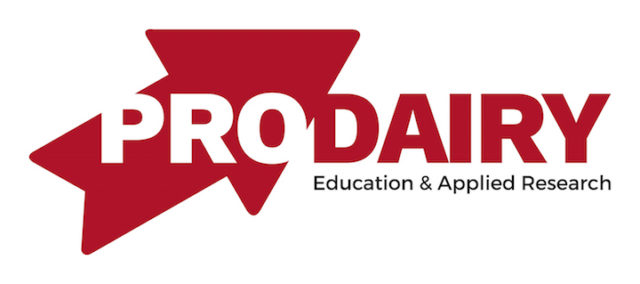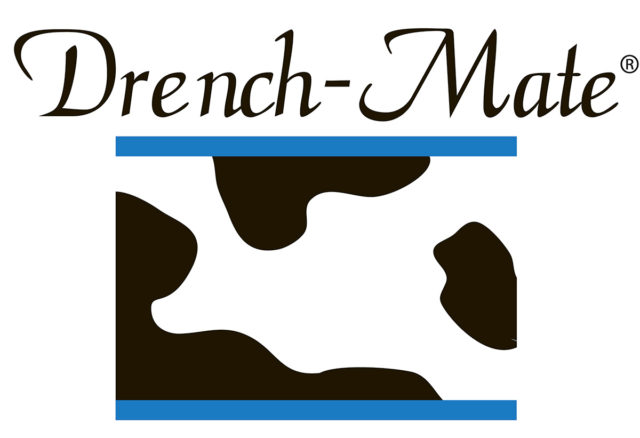Given the current political climate, federal immigration reform doesn’t seem likely anytime soon. However, two upcoming dates could determine the timeline and direction for potential reforms moving forward.
In late June, the U.S. Supreme Court is expected to announce a ruling on the Obama Administration’s 2014 executive actions regarding illegal immigrants.
Then in early November, presidential election results will determine what, if any, reforms are coming or if the barriers to reform get bigger.
The developments are critical to the U.S. dairy industry, according to Laurie Fischer, head of the American Dairy Coalition (ADC), a lobbying organization. ADC hosted a webinar, “Securing a Reliable Labor Force,” on May 17.
“As I speak to dairy producers around the country, it’s very obvious that what keeps them up at night is, yes, the milk price, but also where they’re going to find their future workforce,” Fischer said. “It concerns me when I hear producers say they are not considering expanding even though they meet environmental regulations and have the equity position, but they don’t know who is going to milk the cows.”
Participating in the webinar were immigration attorney Kelly Fortier of Micheal Best & Friedrich and Cato Institute’s Alex Nowrasteh.
“The immigration and guest worker visa program is broken,” said Nowrasteh. “Every reform attempt since 2002 has failed.”
Enforcement actions up under Obama Administration
Crackdowns on illegal immigrants has increased, Fortier said. Increased I-9 audits and worksite raids picked up at the end of the George W. Bush Administration. Since then the Obama Administration has deported more illegal immigrants than any previous administration with the number of “removals” estimated at 2.5 million, up 23 percent compared to Bush.
Some enforcement has targeted agricultural pockets, including New York and Michigan, Fortier said.
While there has been a slight downturn in raids and removals since 2013, the U.S. Immigration and Customs Enforcement (ICE) announced an effort to ramp up worksite raids starting in May, focusing on citizens from Central America who have recently entered the country, she said.
While piece-meal reform efforts have been tried in Congress, comprehensive reform has not seen a lot of traction. President Obama has been more active in his second term through executive action.
First, he created the Deferred Action for Child Arrivals (DACA) program allowing children of illegal immigrants born in the U.S., enrolled in school or joining the military, to stay.
In November 2014, President Obama rolled out a second round of deferrals expanding DACA and adding Deferred Action for Parents of Americans and Lawful Permanent Residents (DAPA), which allowed parents to stay in the country in an effort to keep families together.
“If implemented, the programs would have greatly expanded the available workforce,” Fortier said. “People already on your staff would have been able to help their own situation. The program didn’t offer firm legal status, but it did enable them to obtain work documentation. By all estimates, we were expecting 5 million people could have taken advantage of the deferred action program.”
States file suit, block implementation
However, 26 states sued the federal government challenging the effort as unconstitutional. A federal district court in Texas granted an injunction, putting the program on hold. The case was appealed to the U.S. Supreme Court with oral arguments heard in April.
Clouding the late-June decision announcement is the current Supreme Court vacancy created by the death of Justice Antonin Scalia. Reform proponents went into the April oral arguments hopeful. However, most now expect a 4-4 split and without a majority siding with the Obama Administration, the injunction will remain in place. That will leave any reforms up to the next administration.
In April, U.S. Sen. Jeff Flake, (R-Arizona) introduced the “Willing Worker and Willing Employers Act,” which would establish a pilot guest worker program designed to address the gap that currently exists between temporary visa programs for seasonal workers and the H-1B visa program for highly-skilled immigrants.
The good news for dairy is that it would apply to year-round workers instead of limiting visas to seasonal workers.
However, the proposal has no provisions to deal with undocumented workers already on U.S. dairy farms, Fortier said. And, with the current political climate it isn’t likely to gain much traction.
State-based visas considered
Nowrasteh explained another idea developed by the Cato Institute in 2014 in an effort to break the federal political gridlock.
Still in draft form with no congressional sponsors, it creates state-based visa programs. It requires the blessing of the federal government, but most of the heavy lifting would be placed on states wishing to opt in.
States would have to create enabling legislation and structure to administer the program. States would create a database of businesses, identifying the number and type of workers needed. Annual worker quotas would be established, and states would have the authority to regulate length of visa, as well as renewal provisions. Existing undocumented workers would not count against the quotas.
States could also create compacts to share workers. For example, California, Oregon and Washington could share workers as crop harvests move north.
States would be allowed to increase, or forced to give up, quota based on enforcement compliance rates providing incentives to select trustworthy migrant workers and monitor them.
Workers would not be eligible for state welfare programs or obtain voting rights. States would have discretion as to whether the worker could bring a spouse or family.
Funding would be up to individual states, including possible fees on both employers and workers, or monies from general funds.
Canada and Australia already have similar programs, Nowrasteh said. Several U.S. states have considered or passed laws to establish such programs, including Colorado, Arizona, Utah, Oklahoma, Texas, Florida, Georgia, Kansas, California, New Mexico, Vermont, Massachusetts and Michigan.
However, federal approval is required first and with the current political environment, nobody at the federal level wants to lead.
“Effort will likely have to bubble up from states,” he said.
ADC has not endorsed any immigration reform proposal, but with the approval of state lawmakers, Fischer said her home state of Wisconsin would be a good spot to establish a pilot program. PD

-
Dave Natzke
- Editor
- Progressive Dairyman
- Email Dave Natzke





